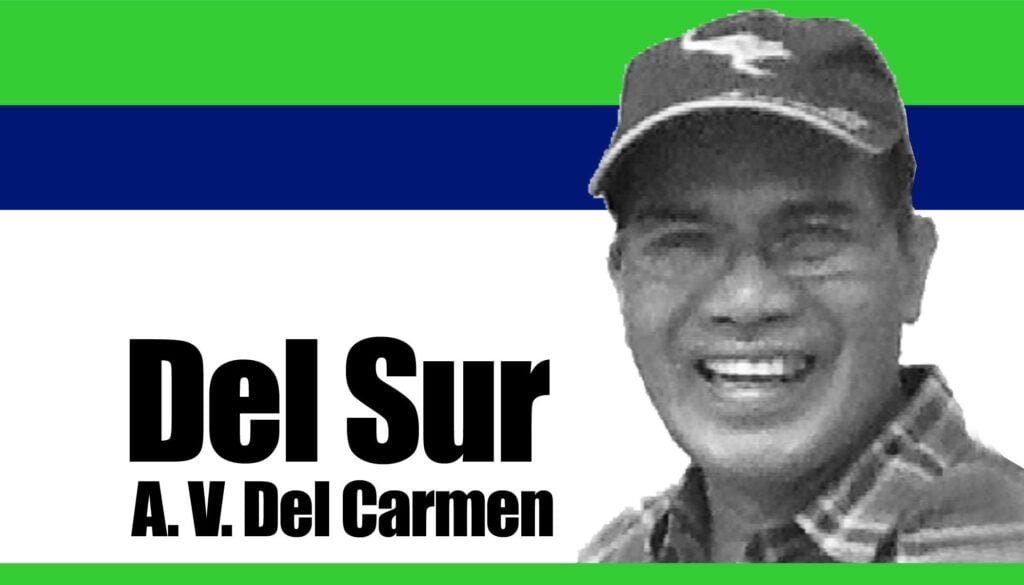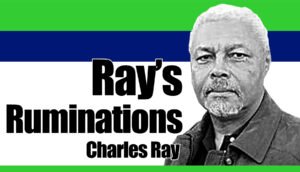
Garbed in his traditional university orange apron that kept the smudge and printer’s ink off his classroom clothes, he was a common busybody sight in the print technology laboratory of the university.
The facility is located in the basement of Gregory Hall, home of the widely-recognized Journalism program of the University of Illinois at Urbana-Champaign.
“You just have to always watch and mind the p’s and q’s of life,” Prof. Glenn Hanson would remind students – not necessarily to instill the idiomatic meaning of politeness and courtesy, but to make them remember not to confuse letter ‘p’ from ‘q’, which can mislead them on a typesetting frame.
It sounded like a trivial advice, but that was part of the seemingly simple lesson we learned that made me to consider my Typography class one of the most useful of my Journalism subjects I had in graduate school.
How can one ever forget the discussion which covered “races” and “families” of fonts which are parts of our daily communication processes?
There was, too, that learning on the development of types as exemplified by the ‘INRI’ inscription atop the Cross of Jesus during His crucifixion.
Perhaps, ancient technology kept certain letters or types from being curved, like “U” appearing as “V” in many old public building inscriptions.
It was apparently the same case in INRI – which meant in Latin as “IESVS NAZARENVS REX IVDAEORVM”.
It must have read “JNRJ”, I recall the professor as saying, to mean JESUS NAZARENUS REX JUDAEORUM (Jesus of Nazareth King of the Jews).
While the course appeared interesting, it had its challenges, too.
The professor expressed hopes that we will remember our Typography lessons beyond student life, and for a lifetime.
True, indeed, I recalled the learnings and shared them with my classes and seminars conducted even after my retirement from the university – and long after the professor’s passing away almost 14 years ago at the age of 87.
***
A passionate artist, a writer and an avid traveller, he documented his journeys in his sketchpads and diary.
Many of these artworks were printed in the Typography textbook he authored.
While the professor was amiable and had a ready smile for everyone, he was not so well-loved by many students. If ever there was that dislike, it was not due to the person himself, but because the course content required mathematical skills, which many in the Communication and Journalism program, myself included, are not powerfully gifted with.
While the textbook came with the Mul-T-Rul, a slide rule-like device that aided students in their computation processes like determining the eventual number of pages for a 1,000-page manuscript to be printed in a 6”x9” book size using 11-points of a particular font with a 2-point leading as well as a half-inch margin on all three sides except the center part of the spread. Whew, indeed!
No one did that computation in a breeze.
This explains the virtual disdain for Prof. Hanson’s class, prompting students to tear up the book in front of his office after the final exam.
It’s a good thing the subject was paired off with Photojournalism – under another faculty, Richard Hildwein, a veteran in his trade – which somehow gave a welcome opportunity for me to balance my performance as my picture-taking abilities were already well developed then.
***
Prof. Hanson spiced up his lectures by showing us some of his sketches on the context that graphics play an important role in print media production as they enhance and reinforce messages conveyed through the printed word.
I didn’t know how those illustrations appealed to my fellow students, but they created an impact on me, especially that I dreamed of setting foot on European soil one day.
The sketches, I recall, included the famous avenue, Champs-Elysees, and its major landmark, the Arc de Triomphe, which was the center of the Bastille Day, or Fete Nationale, the French National Day Celebration, which was observed last week – on July 14.
He also drew the majestic and iconic Eiffel Tower, the scenic Dieppe coast.
Still vivid in my mind was the drawing showing elegant serenity of three Parisian ladies in their outdoor long skirts, their parasols over their heads while about to board a small boat for a summer-day cruise along the legendary River Seine, which runs across the heart of the city.
The picture was among the signature artworks in Prof. Hanson’s book.
***
An avowed, or self-confessed, Francophile or Gallophile, Prof. Hanson considered French as the “ultimate culture”, apparently the reason for his regular summer trips to France and Paris, its capital city.
“You don’t and can’t understand culture not unless you know the culture of France,” he declared in class one autumn morning.
And he went on with his discourse until he reminded class “that” many English words are derived from the French language.
And he rattled off a number of words, like “dentist”, “dossier”, “restaurant”, “sabotage”, “coupon”, “chic” and even the word “amuse”.
“Let me check how cultured you are,” he said as he called students to the front and spell on the board a 10-letter, three-syllabled English word with French roots.
Called up one after the other, 12 of my classmates failed to spell the word right.
Seated on the rearmost part of the room, I was No. 15 on the roll call.
The two students ahead of me missed, too.
And I heard Prof. Hanson call me in the usual way he would greet me. “How about your good friend, from far, far away Philippines?”
I reluctantly walked to the board, grabbed a piece of chalk and remembering well what my fourth-grade teacher taught me, wrote in classic script the word “silhouette”.
I was about to walk back to my seat when Prof. Hanson stopped me. “Come closer, please,” he said. I took two side steps to stand next to him.
“Ladies and gentlemen,” he said as he placed his left palm right under my chain, “this is the face of culture, your good friend and my good friend from far, far away Philippines, Mr. Del…”
I felt blood rushing to my face as I bowed embarrassed by the complement.
From the corner of my eye, I think I saw the professor’s jaw drop as I softly replied, “Merci, Monsieur.”
For a while after that, I was “Mr. Culture” and “Mr. Speller” to many of my classmates.
***
For the protection of wisdom is like the protection of money, and the advantage of knowledge is that wisdom preserves the life of him who has it. (Ecclesiastes 7:12) – NWI




